| Trevethan Families | Bowden Families | Penprase Families | Callaway Families |
| The Parish Church of St Piran, Perranzabuloe | ||
|---|---|---|
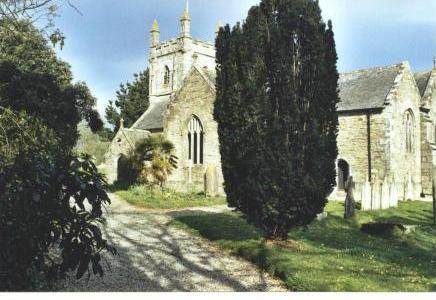 |
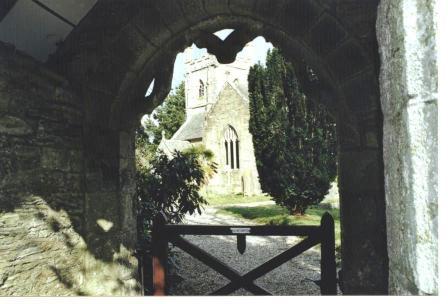 |
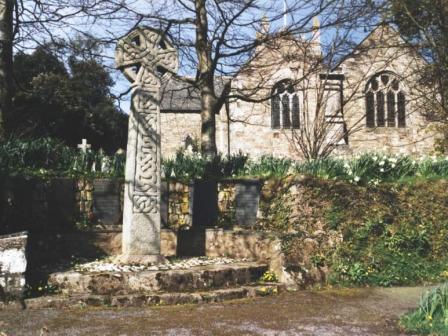 |
| Perranzabuloe Spring 2001 | ||
THE PERRANZABULOE FAMILES |
| Trevethan Families | Bowden Families | Penprase Families | Callaway Families |
| The Parish Church of St Piran, Perranzabuloe | ||
|---|---|---|
 |
 |
 |
| Perranzabuloe Spring 2001 | ||
PerranzabuloePerranzabuloe Parish covers Perranporth, and many small villages and hamlets such as Rose, Bolingey, Perranwell, etc. Its position marked on the roadmap locates the present, and third, Perranzabuloe Parish Church of St Piran.Perranzabuloe means Perran-in-the-sands and it is sand which seems to have had an enormous influence on the developement of the Parish and its churches. St Piran is believed to have arrived in about the 5th-7th century from Ireland. There are many legends surrounding his journey and his identity which are worth reading. Whoever he was, he built his little church, The oratory of St Piran, on the shores of Perran Bay at Gear Sands. He was a much loved saint who became the patron saint of tinners. His feast day was celebrated by them on 5th March. He also gave Cornwall its flag of a white cross on a black background. In time the sand began to bury the little oratory and the people where forced to build a new chuch further inland. This, the second church was built in the 10th century, within sight of the first, across a stream which would hold back the sands. It was rebuilt in 1420. The monastry of St Piran (Lanpiran) was plundered by Saxons and Normans but in the 13th century the church held many religeous relics and was a place of pilgrimage. The whole area suffered badly during the plague years losing 48% of its population. The dissolution of the monastries, the civil war, and the sand all helped to bring about a decline in the church so that by the mid 1700's the church was surrounded by sand and isolated. It was often necessary to dig the sand out of the porch to gain entry. The sand had swiftly taken over after the loss of the small protective stream which was turned and drained by mining activity in the area. In 1803 the old church was dismantled as far as possible and moved to its present site at Lambourne 3 miles away. The remains were left to be covered by the sands. By 1805 the new, third, church was complete. However some burials still took place in the old church. The oratory was uncovered in 1835 and although now re-buried there are plans for its restoration and preservation. The second church has also been excavated and is being worked on by The St Piran Trust who are hoping to maintain and manage the site. The register of baptisms dates from the year 1614, marriages 1603, burials 1653. They are entered into IGI but this is not complete. The registers were not in a well preserved state and there are entries missing. It is worth checking neighbouring parishes for entries during the years around the rebuilding. Also, there are several chapels in the area which have later records. The parish was an area of intense mining activity from early times. The mines produced Tin, Lead, and Silver. There were also the huge Copper mines of Great St George and Wheal Leisure and the Silver mine of West Chyverton. The last mine produced Tin and Wolfram up to 1940's. The Millemium Sundial, on the site of the Droskyn Mine, points across the bay towards Gull Rock. It shows Cornish time, i.e. GMT less 20minutes. This is a beautiful rural area and today the beach is a favourite destination for surfers and family holidays. |
| TREVETHAN | Trevethan Information |
| BOWDEN | Bowden Information |
| PENPRASE | Penprase Information |
| CALLAWAY | Callaway Families |
| The Millenium Sundial | The Inscription |
|---|---|
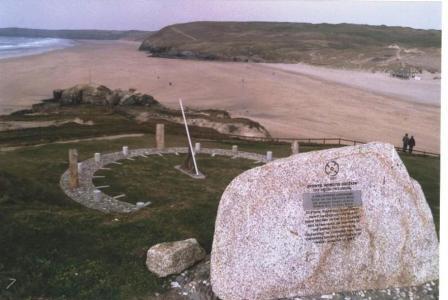 |
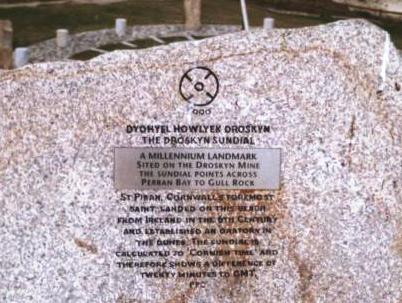 |
| Perranzabuloe Spring 2001 | |